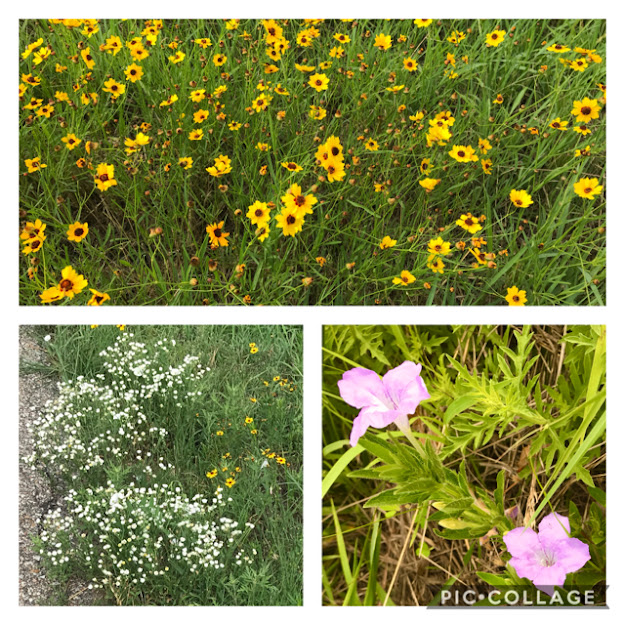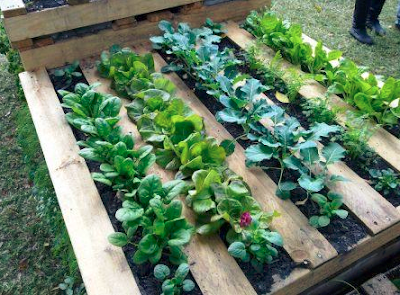A Walk Through the Wildflowers

Monday morning started with glorious Kansas weather and lots of wildflowers along the walking path. Great waves of Black-eyed Susan rudbeckia in the field, clouds of white fleabane along the path and a fringe-leaf ruellia (wild petunia) named for its hairy stem and leaves. Erect dayflower. A relative of spiderwort, it blooms after the spiderwort is gone. This one is a soft blue but I have seen many clusters in brilliant blue. Black-eyed Susan rudbeckia (and a bug.) Unidentified purple flowers (must be a new variety never before seen in Kansas.) Dandelion . Of course. Bright purple flowers – I think this is wild alfalfa . White fleabane grows in big clumps along the path along with mounds of white morning glory . Hairy gayfeather. This prairie clover's purple flowers have faded but the seed heads are still beautiful.
